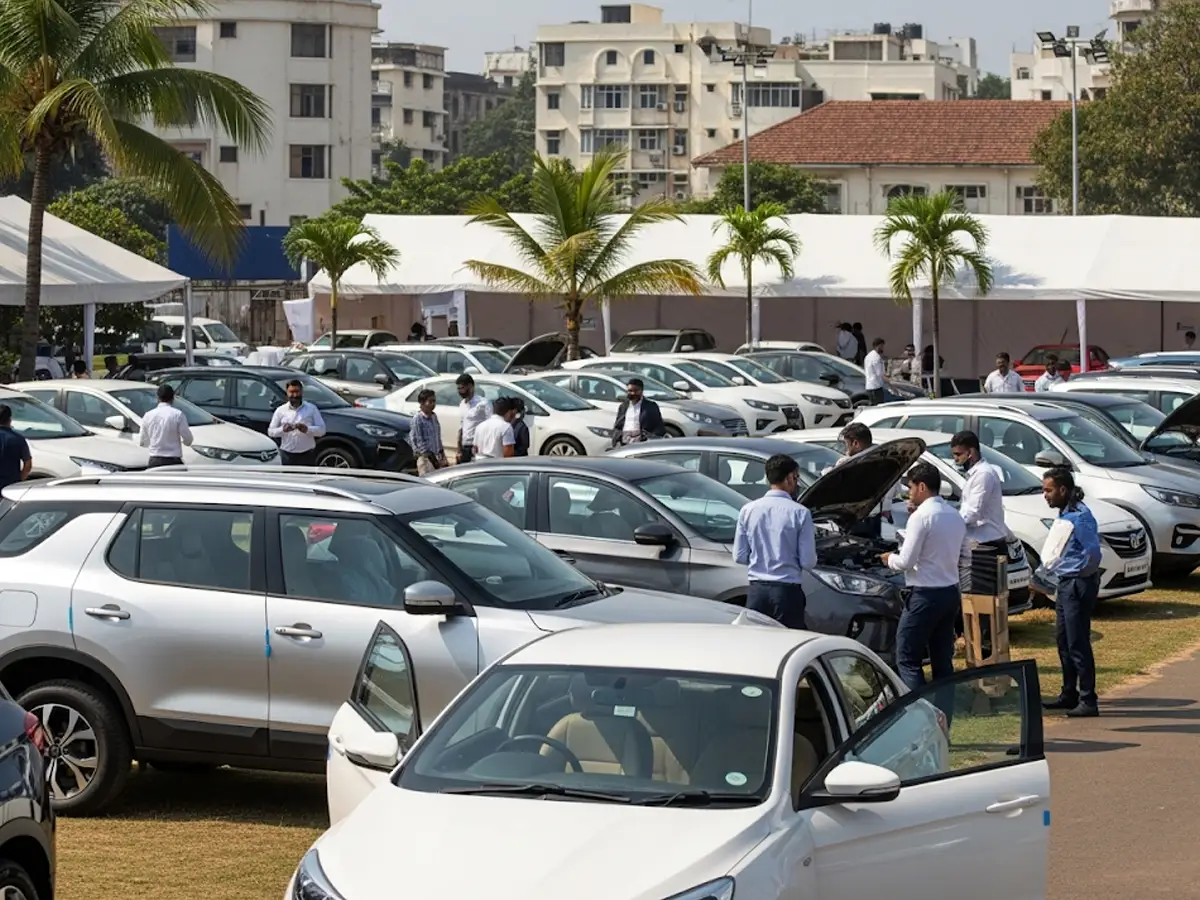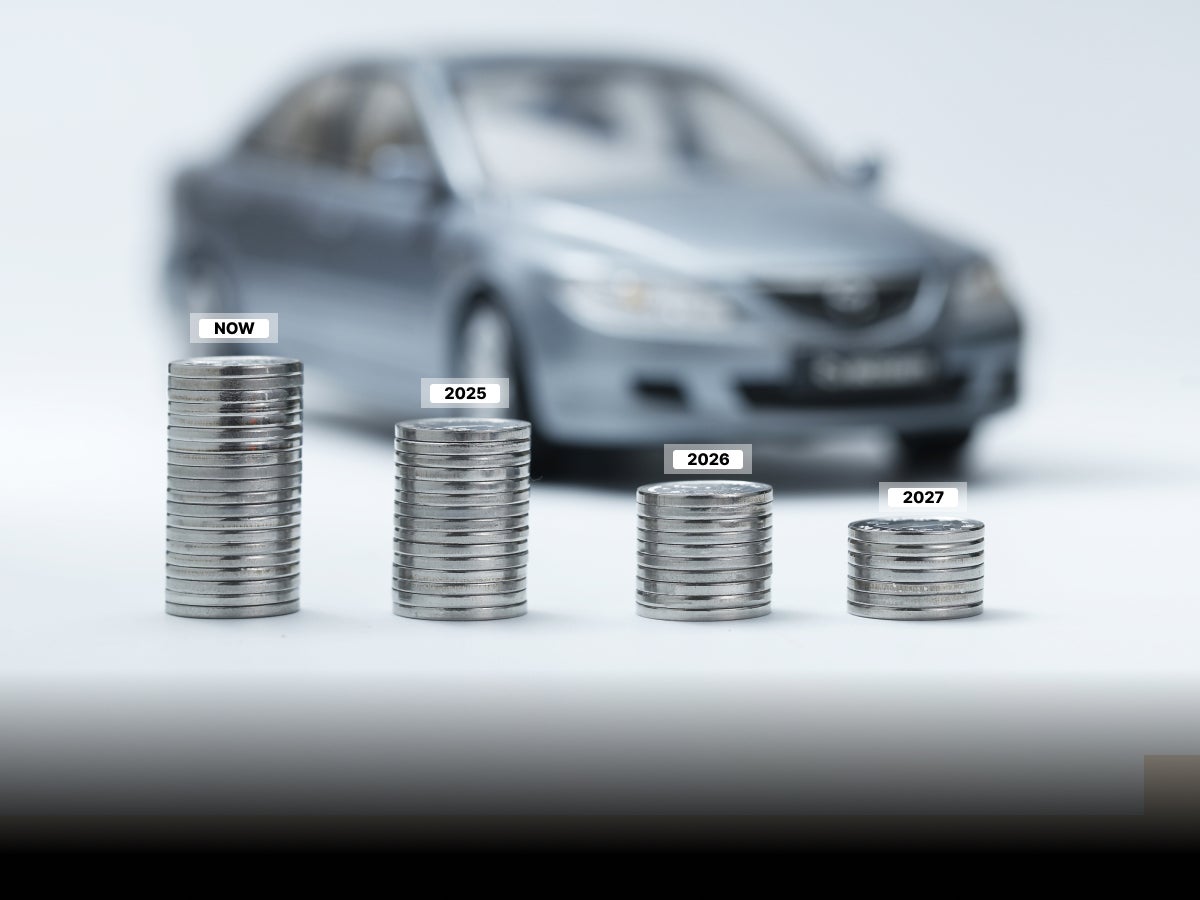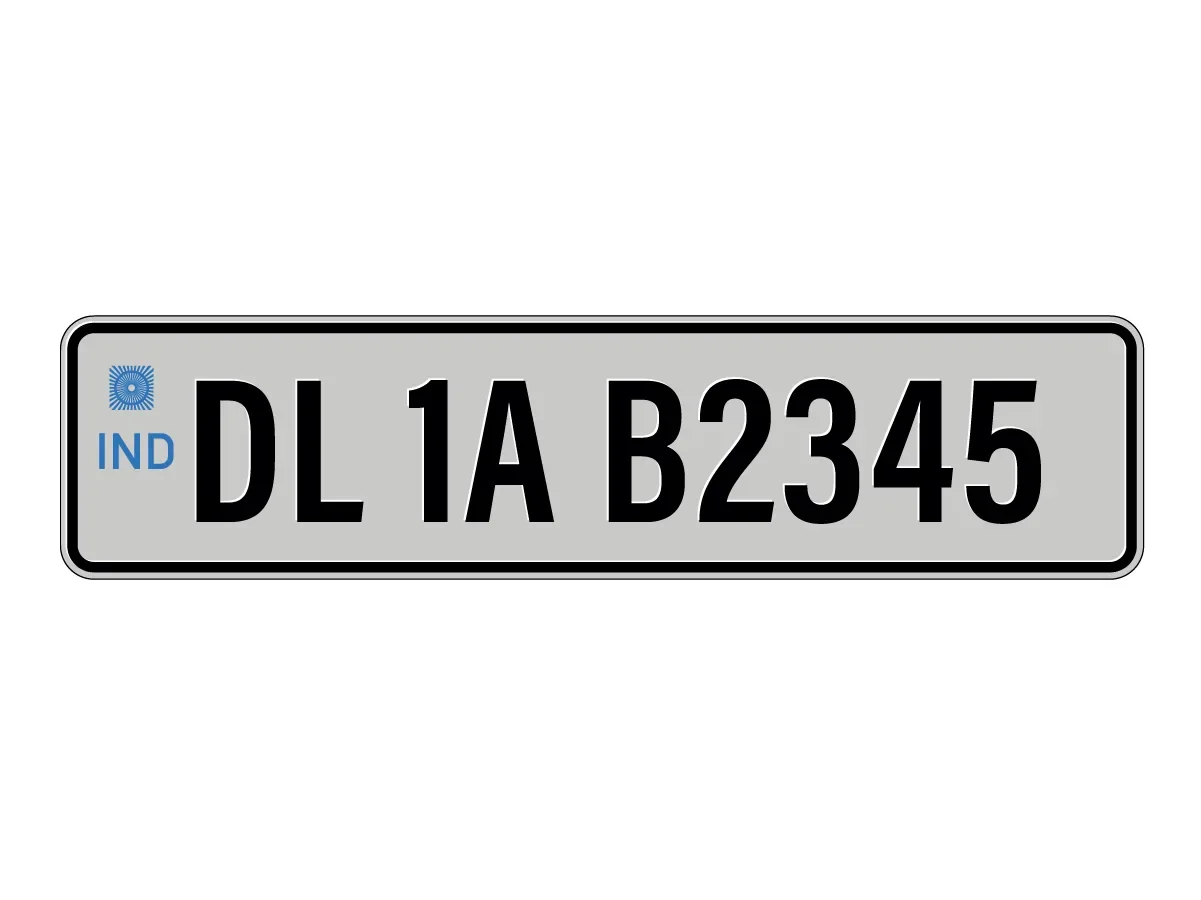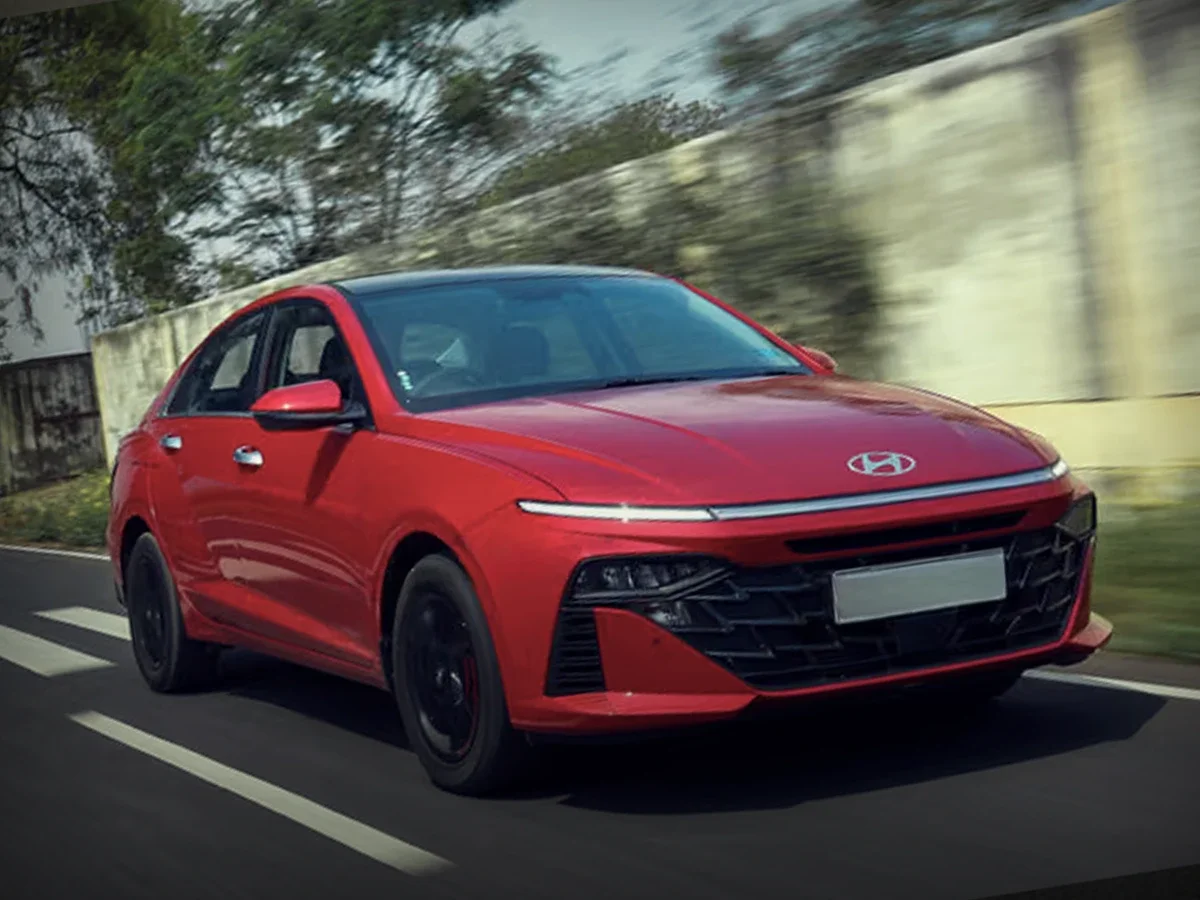

RC Tax Mode Explained: What L, Y5, O Mean for Vehicle Owners
- 1RC Tax Modes reveal a vehicle’s road tax payment type and duration
- 2Various Tax Modes are denoted by alphanumeric codes indicating their validity
- 3Always verify applicable Tax Modes via the Parivahan website or your local RTO
- What Is RC Tax Mode?
- Common RC Tax Modes and Their Meanings
- RC Tax Mode “L” – Lifetime Tax
- RC Tax Mode “Y5” – Yearly or Quarterly Tax Mode (State-dependent)
- RC Tax Mode “O” – Other / Special Tax Category
- RC Tax Mode “Z1” – Zero or Pending Tax
- RC Tax Mode “M” – Monthly Tax
- RC Tax Mode “AIT” – All India Tourist Permit
- Why Does RC Tax Mode Matter?
- Tax Mode and Resale Value
- State-wise Differences in RC Tax Mode
- How to Check RC Tax Mode Online
- RC Tax Mode and Vehicle Type
- Common Mistakes to Avoid
- Conclusion
When buying a car, registration charges and road tax are crucial components that directly impact your total cost of ownership. India follows a vehicle registration system that assigns road tax based on multiple parameters like vehicle type, price, fuel type, private or commercial application, and more.
One critical yet often misunderstood detail on the car's Registration Certificate (RC) is the RC Tax Mode — labelled as L, Y5, O, among others. Understanding these Tax Modes can offer better understanding of your vehicle’s tax liabilities, possibly saving you from unexpected costs and helping you make informed decisions while buying or selling a car.
What Is RC Tax Mode?
RC Tax Mode refers to the structure under which road tax is applied to a vehicle. The road tax in India is a state-level tax levied by the respective Regional Transport Office (RTO), and it’s mandatory to pay this tax to ply a vehicle on the road legally. On your RC, the Tax Mode indicates whether the tax has been paid fully for the vehicle’s lifetime or is due in periodic intervals.
Depending on the vehicle's type, category, and state of registration, you'll usually find the following Tax Modes:
Common RC Tax Modes and Their Meanings
Below is a table summarising some of the most commonly seen Tax Modes and what they signify:
| Tax Mode | Full Form / Interpretation | Frequency of Tax | Typical Use Case |
| L | Lifetime Tax | One-time (15 years) | Private vehicles |
| Y5 | Yearly or Multi-Year Tax (or Quarterly in some states) | Annual / Multi-year / Quarterly | Commercial & private vehicles (varies by state) |
| O | Other / Exempted / Special Category | Varies | Government, EVs, Defence vehicles |
| Z1/Z0 | Zero or Pending Tax Mode | Temporary | Awaiting tax payment or temporary registration |
| M | Monthly Tax | Monthly | Buses, passenger vehicles (contract carriage) |
| Q | Quarterly | Every 3 months | Alternate code to Y5 in some states |
| AIT | All India Tourist Permit | Annual or Quarterly | Tourist buses and taxis operating inter-state |
RC Tax Mode “L” – Lifetime Tax
What does it mean?
The “L” Tax Mode signifies that the vehicle’s road tax has been paid upfront at the time of registration for the standard period, usually 15 years. This can vary from state to state or on other factors. For instance, Delhi NCR charges road tax for petrol vehicles for 15 years while diesel vehicles are charged for 10 years.
Applicable vehicles:
- Private cars
- Two-wheelers
- Electric vehicles (if lifetime tax is levied)
Key facts:
- After 15 years or stated duration the owner must apply for re-registration or an RC transfer, which may involve paying a green tax. Some states may not allow re-registration and the vehicle must either be scrapped or sold in another state for re-registration.
- Not applicable to commercial vehicles, which generally follow periodic tax structures.
RC Tax Mode “Y5” – Yearly or Quarterly Tax Mode (State-dependent)
What does it mean?
The “Y” Tax Mode can denote different payment frequencies depending on the state RTO system. This is usually followed by the tenure for which the tax is valid i.e the numeric value after Y so Y3, Y5, Y15 and so on. There may be certain exceptions to this:
- In many states, the Y5 Tax Code indicates that tax has been paid for 5 years at once (most common for private or newly registered commercial vehicles).
- In some states, particularly for commercial vehicles, Y5 may denote a quarterly tax structure—with taxes due every 3 months.
Applicable vehicles:
- Private vehicles (in states where 5-year tax is allowed).
- Commercial vehicles (goods carriers, taxis, etc.) in quarterly tax states.
Important:
Always verify with the respective state RTO or VAHAN database to understand the applicable taxes accurately.
RC Tax Mode “O” – Other / Special Tax Category
What does it mean?
The “O” Tax Mode is a general classification used for vehicles that:
- Do not follow standard tax schedules.
- Are exempted from road tax.
- Belong to specific authorities such as:
- Government departments
- Armed forces
- Foreign embassies
- EVs in states offering exemptions
Applicable vehicles:
- Government fleet vehicles.
- Vehicles registered to diplomatic missions.
- EVs under full tax exemption policies.
Important:
- Ensure the transferability and tax status before buying vehicles marked “O” in their RC.
RC Tax Mode “Z1” – Zero or Pending Tax
What does it mean?
The “Z1” (or sometimes “Z0”) code typically refers to:
- Vehicles with temporary registration.
- Vehicles awaiting final tax assessment.
- Cases where tax exemption is pending approval.
Applicable vehicles:
- Brand-new vehicles.
- Imported vehicles undergoing customs and tax assessment.
RC Tax Mode “M” – Monthly Tax
What does it mean?
Used for vehicles that pay tax monthly. This is common for:
- Contract carriage vehicles.
- State Transport Undertaking (STU) buses.
Applicable states:
- Tamil Nadu, Kerala, and other states with detailed monthly fleet taxation.
RC Tax Mode “AIT” – All India Tourist Permit

What does it mean?
Vehicles registered under an All India Tourist Permit are authorised to operate interstate and must pay additional taxes for the privilege.
Applicable vehicles:
- Tourist buses.
- Luxury and intercity taxis.
Key facts:
- Require special approvals.
- Tax can be annual or quarterly based on usage.
Why Does RC Tax Mode Matter?

RC Tax Mode directly influences your recurring expenses, resale value, and legal compliance. Here’s why it’s essential to know:
- Budget Planning: L Tax Mode might have a higher initial cost but saves you from future payments.
- Ownership Duration: If you're buying a car for short-term use, Y5 Tax Mode might make more sense.
- Transfer of Ownership: Buyers often prefer L Tax Mode vehicles as they avoid the hassle of pending tax dues.
- State Policies: Some states mandate Y5 for specific vehicle types, so understanding local rules is key.
- Most tax structures are predetermined according to laid down parameters and the owner of the vehicle may not get a choice. It is vital to check the Tax Mode through the Parivahan website or the local RTO.
Tax Mode and Resale Value
In the used car market, RC Tax Mode is a significant factor in determining the vehicle’s resale value. Cars under L Tax Mode often fetch higher resale value as they assure tax clearance for the several coming years.
Vehicles with expired RC will fetch lower resale values as cost of re-registration would mean paying the road tax again. Additionally, verifying the tax status through VAHAN or the state RTO portal is essential before purchasing a used car.
State-wise Differences in RC Tax Mode
India doesn’t have a uniform tax structure across states. Here are a few examples of how RC Tax Modes vary:
- Delhi-NCR: Follows L mode predominantly for private cars. This is further divided into petrol and diesel vehicles with 15 years and 10 years of road tax respectively, charged at the time of registration. Road tax is based on the ex-showroom price.
- Maharashtra: Allows annual tax payments for commercial vehicles (Y5), but L is default for private vehicles.
- Karnataka: Offers rebates for EVs and staggered tax options for fleet operators.
- Tamil Nadu: Recently revised lifetime tax slabs for larger vehicles.
Always check your state's RTO website or consult the Ministry of Road Transport and Highways (MoRTH) for the latest RC tax norms.
How to Check RC Tax Mode Online

To verify your car's RC Tax Mode:
- Visit VAHAN Portal.
- Enter your vehicle registration number.
- View vehicle details under registration info.
This is useful when:
- Buying a used car.
- Relocating between states.
- Paying due taxes.
RC Tax Mode and Vehicle Type
Different body types and fuel types have different tax brackets, often reflected in RC Tax Modes:
- Private Petrol/Diesel Cars: Generally under L mode.
- Commercial Vehicles: Often Y5 or O.
- Electric Vehicles: Increasingly exempted or under O with custom tax rates.
- Some EVs are completely tax-exempt: In states like Delhi NCR and Tamil Nadu.
Common Mistakes to Avoid
- Ignoring RC Tax Mode in Used Cars: May lead to penalty for unpaid tax.
- Assuming Lifetime Tax Covers All States: Lifetime tax in one state doesn't exempt you from paying fresh tax if you relocate to another state permanently.
- Not Verifying RC Tax Mode Before Purchase: Tax dues are transferred to the new owner
Conclusion
Whether you're buying a new car, selling an old one, or relocating to another state, understanding various RC Tax Modes like L, Y5, and O is crucial. Knowledge about various RC Tax Modes will help you make better purchase decisions whether purchasing a new car or if you decide to buy second hand cars. Knowing the appropriate and applicable Tax Mode may also help avoid unexpected costs, and retain your vehicle’s value better.
Always verify the applicable tax structure during purchase, especially in the used car market and the Parivahan website is the best source of information for this. There are, of course, the local RTOs which can help you with personalised assistance and information regarding valid Tax Mode for your vehicle .




























